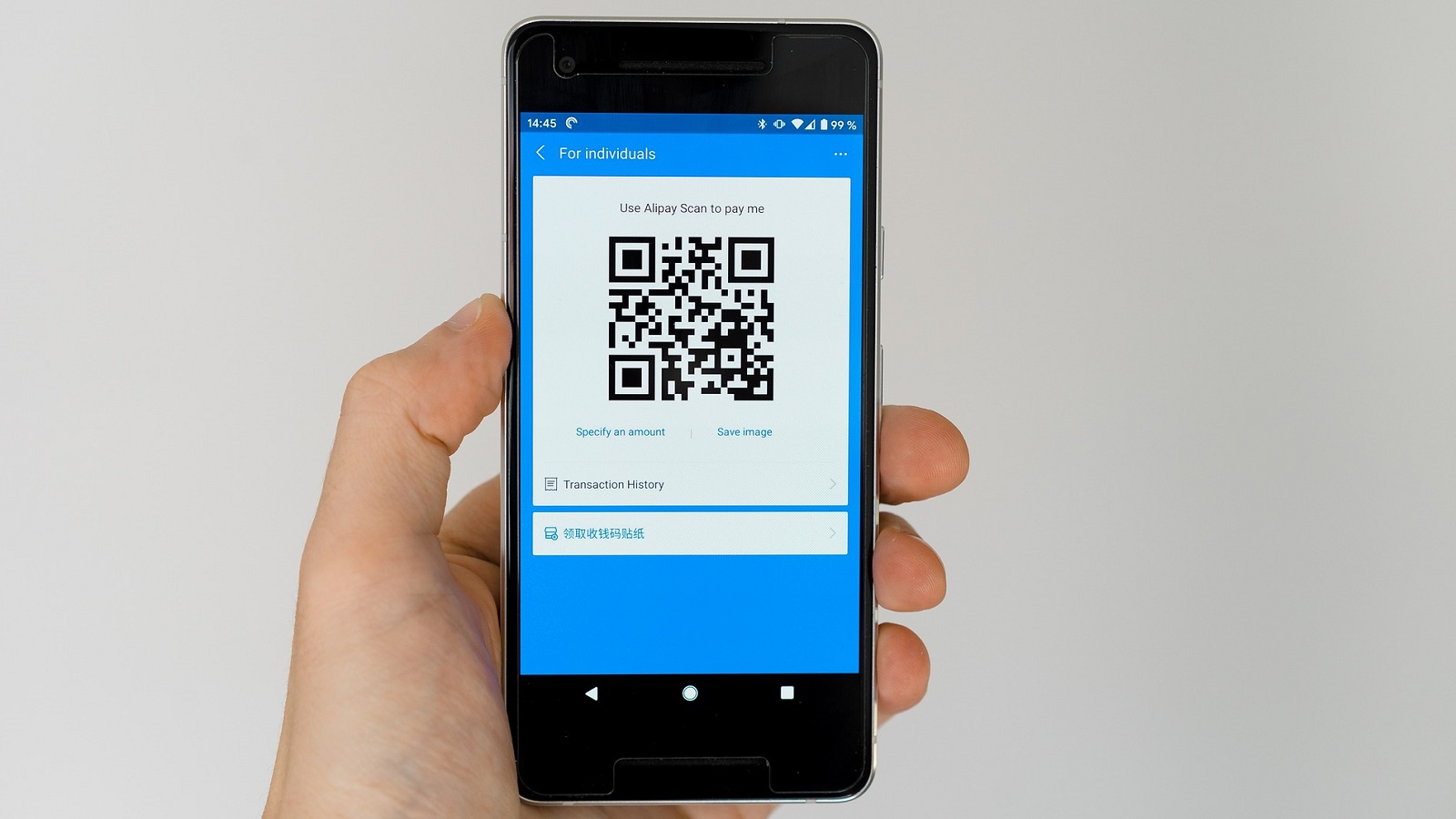
Digital banking advances unstoppable. Around 25% of banking users worldwide (some 450 million people) already use it and the data indicates that there is potential to reach 70% in the next few years (about 1,500 million customers), according to the conclusions of the Global Digital Banking Index 2021, prepared by the mobile bank N26. The results of the report suggest that digital banking is posited as the solution to the problems associated with the operations of traditional entities, such as complexity or lack of innovation.
The increase in customer figures One of the main players in digital banking, including N26, is explained because the sector has known how to satisfy the needs of consumers, who are increasingly digital and demanding with new technologies.
Confidence in the value proposition of digital banking is postulated as one of the key factors for its adoption, as well as the simplicity of the mobile experience both in apps and on the web, clear and direct communication and competitive price. Users who are still reluctant to switch to digital banking claim to be satisfied with their current provider or do not have enough knowledge about the offer of online banks.
«The trust it is a determining factor for the future of our industry given that we do not have the centennial legacy that traditional entities have. However, the pandemic has taught us to focus on the future, not the past. That is why N26 is building banking for the 21st century and continues to earn the trust of millions of customers around the world », says Alex Weber, Chief Growth Officer of N26.
This trend is reflected in the figures shown by countries such as Saudi Arabia, where 54% of the population uses digital banking, or the United Arab Emirates, with 51% users. Also, the progress in Switzerland, Ireland, United Kingdom and France, countries that have doubled their growth in digital banking from 2018 to 2020. But if there is one country that stands out above all as a safe value for the development of digital banking, that is Brazil, which currently has the second highest number total customers, only behind China, and that has experienced a 73% growth in digital banking adoption from 2018 to 2020.
Another key that the report identifies for the future growth of the sector is the incorporation of women into online banking. Globally, it is men (59%) who are leading adoption, particularly young people and mobile first technology lovers. Therefore, where a greater margin for growth is detected is in the incorporation of users. This trend is already being seen in Brazil, where 52% of customers are women, and also in Europe, where many countries are close to achieving gender parity (Italy, Denmark, Sweden, Ireland and Spain). In contrast, the United States still has a long way to go in this area, as only 34% of digital banking users are women.
The Spanish middle class, in the lead
In the Spanish market, the number of online bank customers increased from 10% to 15% between 2018 and 2020, representing a growth of 44%. Likewise, the level of trust of Spaniards in digital banks is one of the highest in Europe (53%), a key factor for large-scale acceptance of online entities. Spain is also the European country with the highest level of digital banking adoption among its middle class, with 55% of digital banking clients with a medium income level (in the United States this figure reaches 62% of users ). On the other hand, in neighboring countries such as Italy and France, there is an increase in customers with lower income levels.
The report also focuses on the state of digital banking in Europe. Despite the fact that in the Old Continent online banking still has a lower level of acceptance, the countries of Western Europe are catching up quickly. Thus, the growth rates in digital banking adoption between 2018 and 2020 were 35% in Germany or 30% in Belgium.
Furthermore, 65% of the population bankable european you would consider moving to a digital bank due to its clear value proposition, user experience, simple design, and good quality / price ratio. On the other side of the scale are countries like Belgium, Germany and the Netherlands, which are among the nations with the lowest adoption rate of digital banking. European market data also casts doubt on the stereotype that online banking is a youth-only service. In countries like Italy, almost one in two digital banking customers is over 45 years old.



